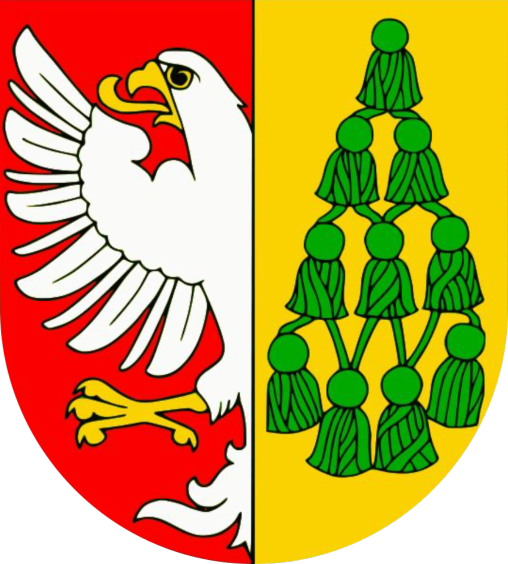Steam threshing set with press and exhaust in Vestec near Prague
1904 - Steam threshing machines in Vestec - this is the subject we will fully devote ourselves to. I deliberately write the word "threshers" in plural, because the first one already existed in 1864. Yes, already then the Vestec people owned a six-horse steam thresher "Muster Garret". It was one of the first steam threshers imported from England to Central Europe, i.e. to Bohemia and to Vestec.
This act shows us the great progressiveness in the thinking of our citizens. After all, farmers were not very wealthy and, moreover, in the 1870s and 1880s they were hit by a great crop failure. The steam thresher in question served the community for 40 years. However, there were worries with the steam engine, which was an integral part of the threshing machine. A hot hearth under the boiler, lightly ignited material all around, there was little missing and there was a fire. This actually happened in 1904. Not only did Mr. Kripple's stacks burn, but also the old "Garret". Such a significant event gave rise to the purchase of a new threshing set by Hoffer Schrantz Schutleworth and the formation of the previously mentioned association. Three pairs of oxen had to bring this big monster to the village of Strašnice, where this company was represented. Such machines were usually indispensable equipment for large estates or larger farmers. 150-200 cents of grain were threshed daily. The steam engines used to drive the threshing machines had a power of 6 to 10 horsepower. The operator was a peasant with a helper.
Other workers served the sheaves, took away straw and chaff. The price for a complete set was around 1900 about 12 thousand Austrian crowns. The way to prevent the much-feared fire was provided by boilers in the front of the steam house, in which excess steam was used to dispose of sparks from a connected folding chimney with an effective trap. The hot ashes were extinguished with water, which was always at hand. It was far more convenient to thresh directly in the field, which avoided the risk of fire.
missing picture
Blanka Pašková, chronicler
